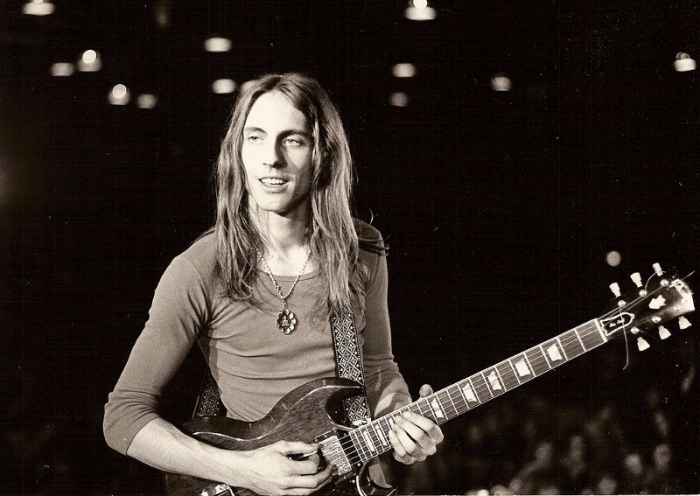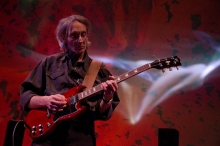Joshua Light Show ft. Manuel Göttsching
Joshua Light Show ft. Manuel Göttsching
Date:
04.02.2012 21:00
Edition:
2012
Format:
Performance
Location:
HKW
Auditorium
Tonight The Joshua Light Show appears for the last time at transmediale 2012. Being the particular highlight of the performance series they will perform together with pioneering guitarist and electronic musician Manuel Göttsching (de)....
moreshare
Related participants:
Related texts:
Related media:



